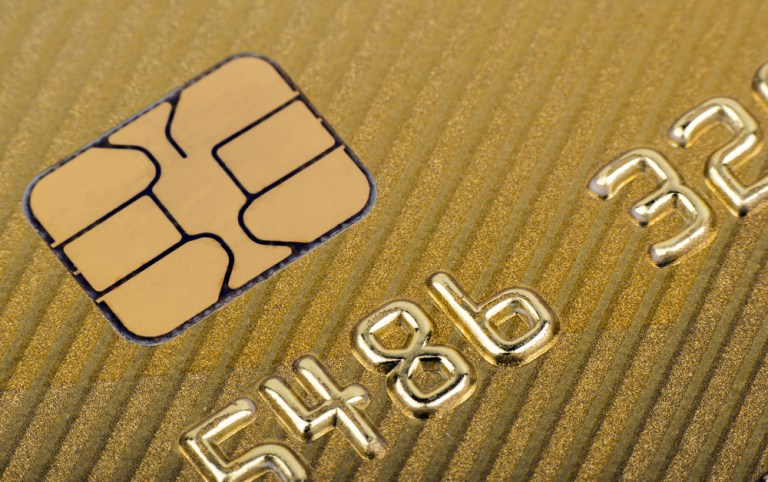
One year into the shift to chip-enabled cards — for the U.S., that is — Mastercard said on Monday (Sept. 12) that data shows a “positive impact” through the technology across stakeholders, including issuing banks, consumers and merchants.
In reference to fraud — the very activity that the cards are designed to thwart — Mastercard stated that fraud data shows a 54 percent decrease in counterfeit fraud costs at retailers who have either completed or are close to completing EMV transitions, as measured between April 2015 and April 2016.
The card giant said that, as of July of this year, 88 percent of its U.S.-based consumer credit cards are chip cards, a tally that represents a 105 percent boost in chip card adoption since the liability shift took root on Oct. 1 of last year.
As for merchants, Mastercard said that, of the 2 million chip-active merchant locations that are featured in the company’s network, as many as 1.3 million are regional and local locations, up 159 percent since the liability shift.
Conversely, counterfeit fraud costs were up 77 percent year over year among larger merchants who have not yet completed, or who have not yet even adopted, EMV transitions.
In a statement accompanying the statistics, Brian Riley, director of the Credit Advisory Service with Mercator Advisory Group, said: “Payment cards are an essential part of commerce; EMV requires a change to the customer experience as the industry shifts from swipe to chip. There is no doubt chip cards will curtail fraud, and it is exciting to see enhancements at the point of sale that will propagate usage, reduce friction and accelerate transaction time.”
In addition, the firm stated that nine in 10 Americans said they commonly use chip cards, which is a 38 percentage-point jump year over year into 2016, from 49 percent to 87 percent over that timeframe.